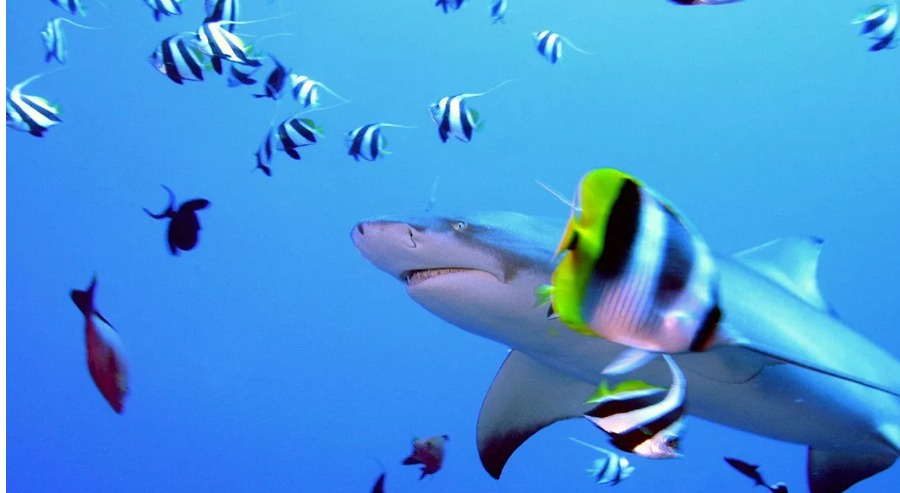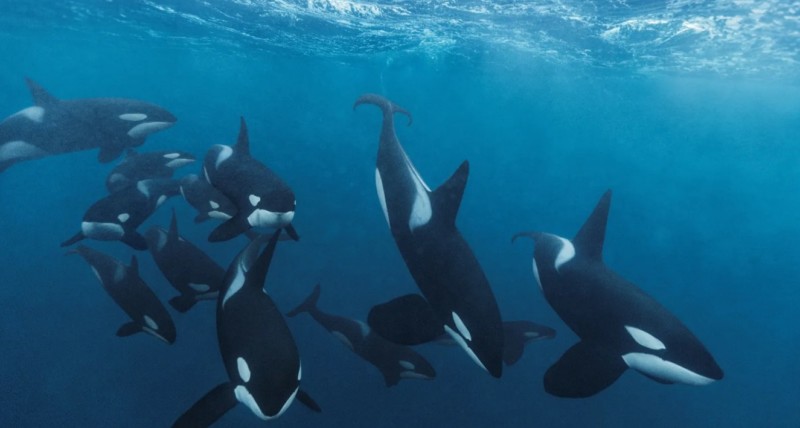Beautiful words but little action. This is, in a few words, the observation made by the CNRS in a report published this Thursday concerning the protection of the oceans. Because although marine protected areas (MPAs) are more and more numerous, they are far from meeting the standards necessary to guarantee the sustainability of the marine ecosystem and its resources.
These areas intended to serve as a sanctuary for fauna and flora in the face of large-scale human exploitation currently extend over a little more than 8% of the world’s oceans. UN member countries have set themselves the goal of reaching 30% by 2030.
Anarchic regulation
Problem: these are not all managed in the same way. Although some States apply very strict regulations, the majority of MPAs do not meet all the criteria. This is the conclusion of CNRS researchers who studied the 100 largest existing protected areas, which represents more than 90% of MPAs.
Thus, a quarter of MPAs, although demarcated and officially announced, are not effective. No regulations or monitoring are applied there. A third of MPAs are actually monitored but activities dangerous to the ecosystem, such as mineral exploitation, sand extraction and, above all, industrial fishing, are still authorized.
These states have also taken care to impose strict regulations in areas of little interest in terms of resources. “To achieve their objectives, the countries concerned have chosen very remote and unrestrictive areas for their economic activities,” points out Joachim Claudet, researcher at the CNRS.
Unambitious France
And the observation of this specialist in the maritime environment is clear: France is one of the bad students. Despite very extensive MPAs, the country applies rules that are not very restrictive. “As it stands, the French definition of strong protection in these areas is limited to the entry level,” he laments.
Thus, 60% of the Mediterranean maritime zones belonging to France are declared as MPAs, but only 0.1% of this area is concerned by truly strict protection. On the Atlantic coast, 40% of French maritime territory is classified as MPA, but only 0.01% is protected.
Positive effects
However, the positive effect of MPAs, if the regulations are demanding, is obvious. Scientists have found that in these areas, the number, variety and health of marine species explode in just three years. On the other hand, the benefits for fauna and flora are “very limited”, or even “non-existent” in MPAs with flexible regulations.
Joachim Claudet affirms that the objective of 30% of the world’s maritime space classified as MPAs by 2030 would make it possible to protect biodiversity and its renewal while responding in a sustainable manner to global demand for marine resources. On the condition that these areas are well distributed and that the strictest regulations apply everywhere.
“In the short term, it is easier and cheaper to draw on marine resources without constraints. But in the medium and long term, everyone will lose if we don’t change anything. Fishermen need a healthy ocean to continue practicing their profession,” underlines the researcher.




